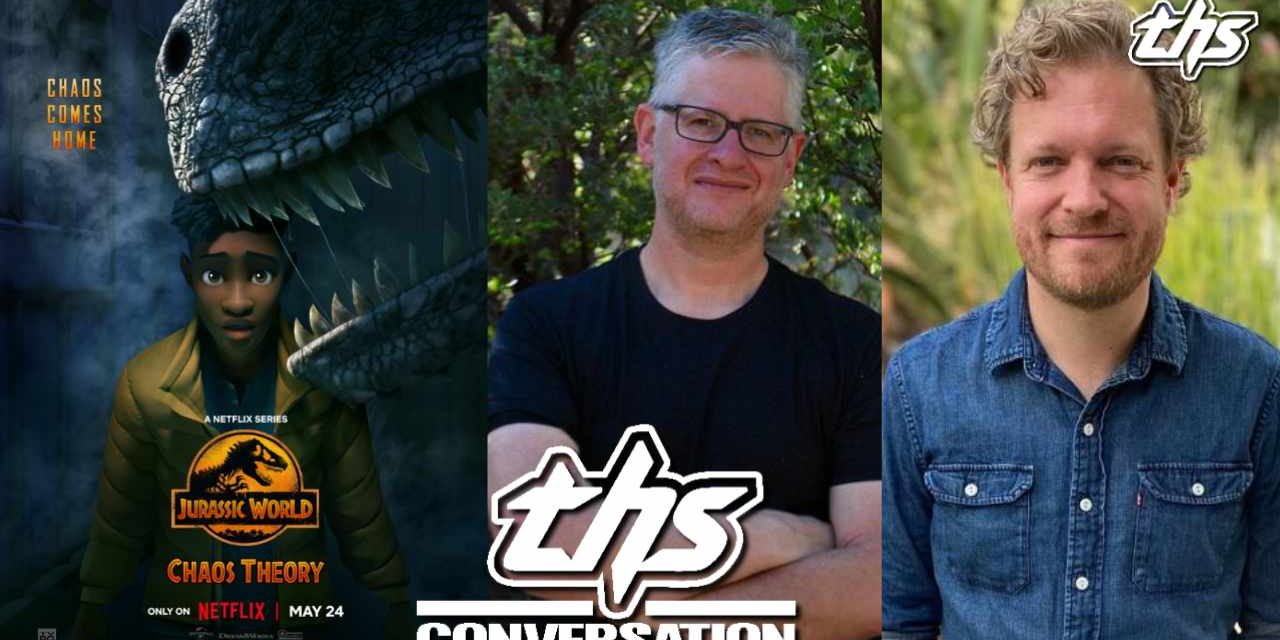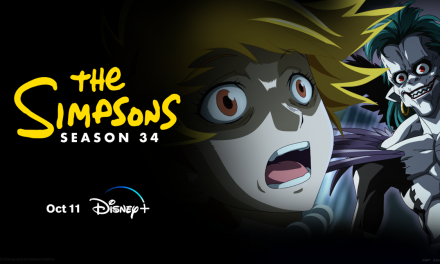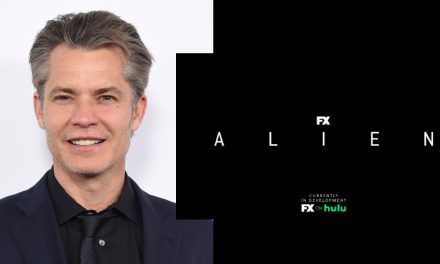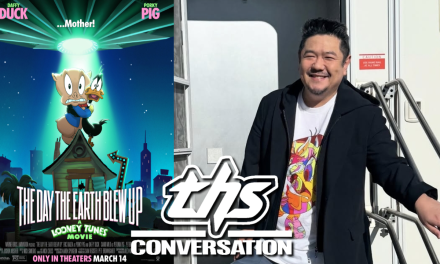Building off the events of the five-season long Jurassic World: Camp Cretaceous, Jurassic World: Chaos Theory brings back the Nublar Six for an intense new adventure. Even though they’ve returned home and had years to readjust to the world, a new conspiracy is at work. With Brooklynn already seemingly dead, it’s up to Darius, Ben, Kenji, Sammy, and Yaz to stay ahead of their pursuers. At the same time, they must discover the truth behind the people tracking them.
During an interview with That Hashtag Show, Jurassic World: Chaos Theory Executive Producers Scott Kreamer and Aaron Hammersley discussed bringing the tone of a political thriller to a world of dinosaurs, why Brooklynn was the season’s big motivating loss, and separating the series from other animation aimed at younger audiences.
Jurassic World: Chaos Theory Embraces Fear & Tension — But Doesn’t Forget The Wonder Baked Into The Franchise

THS: I love that this season has the content advisory that reads “FEAR.” This season really brings the Nublar Six into a horror story. What was that process like embracing the tone?
Scott Kreamer: In the way the Harry Potter films got more serious and scary with their audience, we always viewed this one similarly. Once we started kicking around the general concept, we felt like this was an older, darker show. We wanted more tension.
We liked building tension and taking our time with stuff. You don’t always get to do in so-called “kid’s animation.” In kid’s animation, things tend to move fast. I mean, the wonder is still there. But we definitely had a different approach to this particular story.
Aaron Hammersley: Scott often references the films that we watched as we were heading into this series. It was these political thrillers like The Parallax View, Three Days of the Condor, All The Presidents Men. It’s not necessarily horror, but it does establish a sort of tone and a mood. It’s a kind of pacing. I’ve grown very tired of a lot of animated content, the way it’s paced.
It’s always rapid fire, everything’s moving. That doesn’t give you much opportunity to sit in those moments. For [Chaos Theory], we really wanted rest in these uncomfortable moments of fear. I think that’s probably the thing that most people are feeling. Especially coming from an animated space where you don’t really get many opportunities to do that.
How The Nublar Six Have Grown

These characters grew so much in the previous series, and now they’ve also gone through some real changes in the time-skip. Of the Nublar Six, which would you say has surprised you the most so far Chaos Theory?
Scott: In the early days when it was just me and Aaron and out head writer, Bethany Armstrong Johnson, we definitely wanted to take the characters in places we hadn’t necessarily seen them before. They’ve grown physically, and Ben obviously has had this huge glow-up. We refer to him as hunky Ben [Laughter]. So that was a big change. I was really interested in the whole Kenji arc. He lost the money but found a little more peace. I found that really interesting.
Aaron: I mean, I think the big one, obviously is Brooklyn. Having formed the story around the loss of a beloved character like that, that’s something you don’t see very often in animation. I think the thing that was really interesting –and what we kept circling around at the top of this series — was this idea of characters learning something about a close friend that puts her in sort of a morally gray space. I think that was kind of the most interesting thing.
Having our character change so much that she is almost unrecognizable to all her friends. So I think that that was sort of the most fun thing to play with. As the others are mourning the loss of their friend, they’re discovering that she’s gotten herself into a very sticky situation. She’s been making some compromising choices. That was the most the most interesting and fun character exploration.
Did you ever consider doing that arc with someone who wasn’t Brooklynn?
Scott: I mean, we definitely kicked around all the ideas. You always want to pressure test any idea you have. From where we left Brooklynn in Camp Cretaceous, she’s trying to find the truth. She’s the one who would be the most likely to be asking questions that other shady individuals or organizations wouldn’t want answered. It just felt like you, based on where we imagined all of our characters heading post-Camp Cretaceous, she just felt like the most likely to get herself into a situation like that.
RELATED: MADELAINE PETSCH AND FROY GUTIERREZ TALK THE STRANGERS: CHAPTER 1 [INTERVIEW]
The Jurassic Sandbox

Because we’re fully in the rest of the world instead of on the islands as in Camp Cretaceous, what was it like to expand that sandbox?
Scott: I think it was more fun than intimidating, to be honest with you. We’re set in the timeline, post-Fallen Kingdom but pre-Dominion. We could tell a more personal story. Aaron’s fond of saying, ‘Dominion does this great job of this top-down worldwide explanation of what things would be like with dinosaurs. But we get to spend time with boots on the ground.’
What would that be like for the regular person who’s going to try to make a buck off the dinosaurs? When you encounter any wildlife, whether it’s coyotes walking down my sidewalk or if you’re out hiking, there’s mountain lions. That was definitely a starting place. It’s a sci-fi franchise but we always try to ground the reality for our characters. It was a fun part of the sandbox to explore.
Aaron: it. It’s interesting because while the floodgates have opened and we could do anything and go anywhere… those political thriller elements kept the story fairly intimate as well. That was actually really nice. It still feels fairly contained. It’s not like this big, broad thing. It’s this intimate picture of a couple of characters going on this journey.
Scott: It wasn’t hard coming up with organic ways for kids to run into dinosaurs on an island filled with dinosaurs. One of the trickier things that we did approach with Bethany and the writers is we didn’t want anything to feel shoehorned in. They go inside the convenience store and there’s just a dinosaur behind the counter. work in the counter. It’s a drastic change to the world of Jurassic Park, there’s going to be dinosaurs every episode. [It was important] to make it feel organic and grounded and real.
The Lessons Of Camp Cretaceous

What lessons did you bring from Camp Cretaceous to Chaos Theory Season 1, and how is that impacting the future direction of the show?
Aaron: I think we did learn a lot moving from Camp Cretaceous…. we sort of had a post-mortem after it ended. ‘What can we do differently?’ So there was a lot of refining of the process. I don’t know that this is super different from the original. We put so much trust in our team and let them run with it. I think there was definitely that, and seeing how we could slow things down.
Scott: I think we learned a lot from the first show. A show like this isn’t easy. There’s a lot of moving parts. You have a lot of people with a lot of opinions. You need to balance that with the story that you’re set on telling. We learned a lot just on the production side. We were lucky enough to get a lot of people back from the first show while adding some new key pieces to it. Storytelling-wise, we’re going to take big swings on this and hope people enjoy it.
Jurassic World: Chaos Theory is now streaming on Netflix
For more on TV, make sure to check back to That Hashtag Show.





